
Asphyxiation is a life-threatening medical emergency that occurs when the body is deprived of oxygen, leading to unconsciousness, organ damage, or death if not treated immediately. While it can happen in everyday situations, such as choking on food, it also poses serious risks in workplaces, medical settings, and hazardous environments.
Understanding the causes, recognizing early symptoms, and knowing how to respond can mean the difference between life and death. This in-depth guide explores the mechanisms of asphyxiation, high-risk scenarios, prevention strategies, and critical first-aid measures.
What Is Asphyxiation?
Asphyxiation occurs when oxygen fails to reach the brain and vital organs, either due to airway obstruction, toxic gas exposure, or environmental suffocation. Without oxygen, brain cells begin to die within 4–6 minutes, leading to permanent damage or death.
Key Mechanisms of Oxygen Deprivation:
- Mechanical blockage (choking, strangulation, drowning)
- Chemical interference (carbon monoxide, cyanide)
- Environmental suffocation (low oxygen in confined spaces)
Causes of Asphyxiation
1. Physical Obstruction (Mechanical Asphyxia)
- Choking – Food, small objects, or vomit blocking the airway (common in children and the elderly).
- Strangulation – External pressure on the neck (e.g., ropes, hands, or accidental entanglement).
- Suffocation – Insufficient air intake (e.g., plastic bags, pillow smothering, or being trapped in confined spaces).
- Drowning – Water enters the lungs, preventing oxygen exchange.
2. Chemical Asphyxiation
- Carbon Monoxide (CO) Poisoning: CO binds to hemoglobin 200x more tightly than oxygen, starving tissues of O₂.
- Cyanide Exposure – Disrupts cellular respiration, causing rapid suffocation at the molecular level.
- Hydrogen Sulfide (H₂S) Poisoning Paralyzes the respiratory system in high concentrations.
3. Environmental & Medical Causes
- Low-Oxygen Environments (high altitudes, underwater diving, smoke inhalation).
- Respiratory Arrest (asthma attacks, anaphylaxis, drug overdoses).
- Positional Asphyxia (restraint-related, seen in law enforcement or medical settings).
Who Is Most at Risk?
Specific individuals face higher risks due to biological, occupational, or behavioral factors:
- Infants & Toddlers – Small airways + tendency to put objects in their mouths.
- Elderly Individuals – Weakened swallowing reflexes, dementia-related risks.
- People with Respiratory Conditions (COPD, asthma, sleep apnea).
- Workers in High-Risk Jobs (construction, chemical handling, and firefighters).
- Individuals with Seizure Disorders – Risk of airway obstruction during episodes.
Symptoms of Asphyxiation
Early recognition is critical. Symptoms progress rapidly:
Early Stage (Mild Oxygen Deprivation)
- Shortness of breath
- Rapid, shallow breathing
- Confusion, dizziness
- Bluish lips/nails (cyanosis)
- Elevated heart rate
Advanced Stage (Severe Oxygen Deprivation)
- Loss of consciousness
- Seizures
- Gasping or absence of breathing
- Cardiac arrest
Prevention Strategies
1. Choking Prevention
- For Children: Cut food into small pieces, avoid hard candies/nuts, and supervise playtime.
- For Adults/Elderly: Chew thoroughly, avoid alcohol before eating, and learn the Heimlich maneuver.
2. Workplace & Home Safety
- Install carbon monoxide detectors near sleeping areas.
- Ensure proper ventilation in garages, workshops, and chemical storage areas.
- Use confined-space protocols (O₂ monitors, safety harnesses) in industrial settings.
3. Drowning Prevention
- Never leave children unsupervised near water (even shallow pools).
- Learn CPR—immediate action improves survival rates by 300%.
- Avoid alcohol when swimming or boating.
Emergency Treatment & First Aid
1. Choking (Conscious Victim)
- Heimlich Maneuver (Adults/Children >1 yr):
- Stand behind the person, wrap your arms around their waist.
- Make a fist above the navel, thrust inward and upward forcefully.
- Infants (<1 yr):
- Deliver five back blows between the shoulder blades, followed by five chest thrusts.
2. Chemical/Gas Exposure
- Move the victim to fresh air immediately.
- Administer 100% oxygen if available (critical for CO poisoning).
- For cyanide poisoning, hydroxocobalamin or amyl nitrite may be used (hospital treatment).
3. Drowning or Respiratory Arrest
- Begin CPR immediately (30 chest compressions + 2 rescue breaths).
- Use an AED if the victim is unresponsive.
- Do NOT attempt the "Heimlich" for drowning—focus on oxygenation.
FAQs About Asphyxiation
Q: How long can someone survive without oxygen? A: Brain damage starts at 4–6 minutes; death typically occurs by 10 minutes. Cold-water drowning may extend survival due to slowed metabolism.
Q: Can you recover fully from asphyxiation? A: It depends on duration—quick intervention may lead to full recovery, but prolonged oxygen loss can cause permanent brain damage, requiring rehabilitation.
Q: Is suffocation the same as strangulation? A: No. Suffocation = blocked air intake (e.g., smothering), while strangulation = pressure on the neck (e.g., hanging, choking).
Q: Why is carbon monoxide so dangerous? A: It binds to hemoglobin irreversibly, preventing oxygen transport. Early symptoms (headache, nausea) mimic the flu, delaying treatment.
The Bottom Line
Asphyxiation is a silent, rapid killer—but most cases are preventable. From childproofing homes to workplace safety training, proactive measures save lives.
Key Takeaways: ✔ Recognize early symptoms (cyanosis, gasping, confusion). ✔ Act immediately—Heimlich, CPR, or fresh air can be lifesaving. ✔ Prioritize prevention (CO detectors, choking hazards, water safety).
Stay informed, practice emergency drills, and ensure your environment is safe. In asphyxiation emergencies, seconds count.


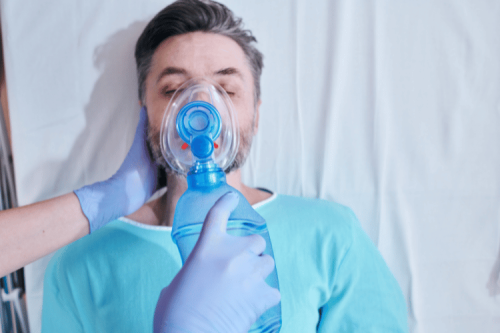
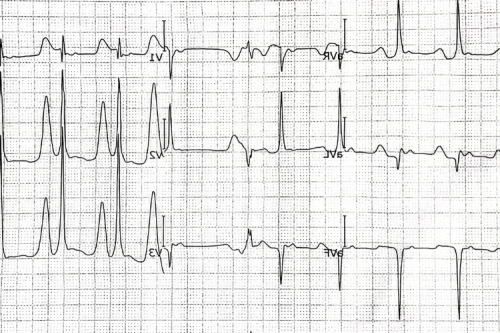

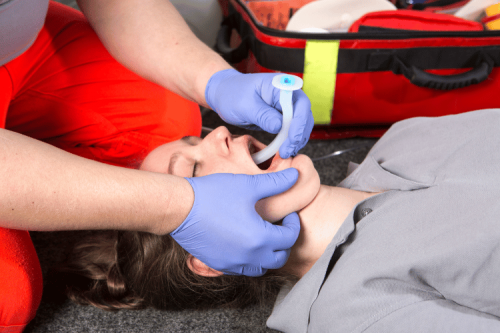
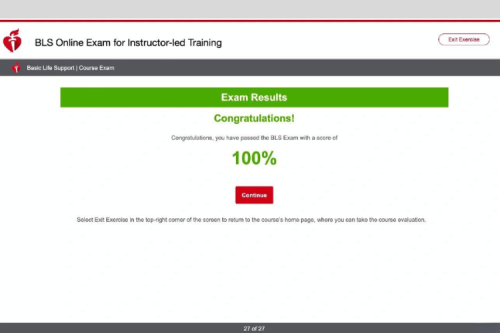
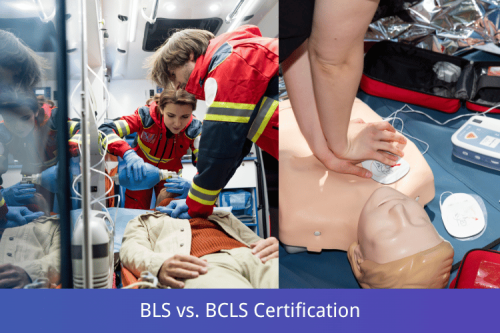
 Login with Google
Login with Google Login with Facebook
Login with Facebook